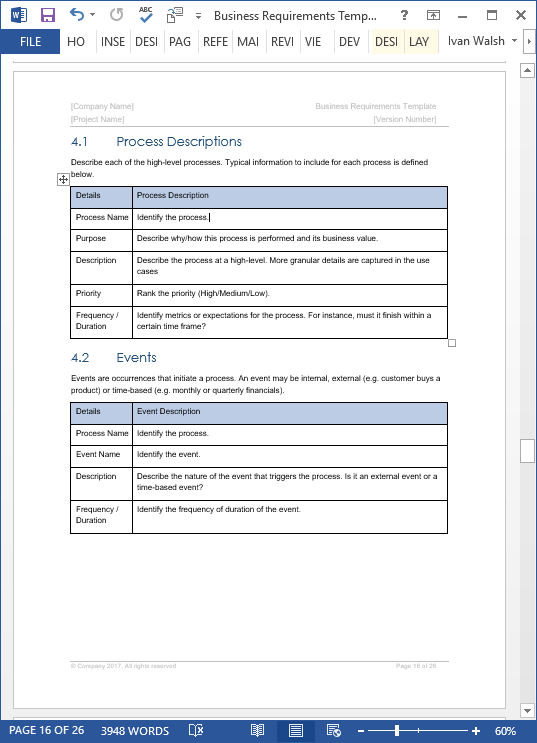

So I looked for a better way to build this stencil, as I knew that that Microsoft would forever be adding new services to Azure and or refreshing current service icons (which is a good thing by the way!) and I just did not have the time or energy to perform a few thousand mouse clicks after each version update. However things started getting messy when Microsoft updated a huge collection of Azure Service icons a short while after I was finished that made my version irrelevant. Initially I just sucked it up and processed each one manually, after just under four hours and at least 3,600 mouse clicks, I had a functional stencil.
#New office visio stencil plus
Problem was that I had 300 plus icons to work through. Now I am pretty good at performing mundane repetitive operations like this and with a few key bind mappings\macros on a gaming mouse I was able to process each icon in around 45 seconds. After that I scaled the icon using a guide background box to be either 20mm wide or 20mm high before dropping it into my stencil and entering in it's service name. I initially started by dragging an icon onto the Visio drawing canvas and then adding in connection points for North, East, South and West of the icon and moving the text box to the bottom of the icon. I started with a collection process, gathering as many useful and up to date SVG icons as possible and collating them in a folder with a descriptive naming convention and classification. I want these stencils to be as useful as possible while maintaining the relevance and breath of Azure services. The icon itself although important is third on my priority list and will always remain so. Proper stencil objects with pre-defined mathematically perfect placed connection points make drawing by hand or script so much easier.

Icons need to not just be pretty images, they need technical function with the ability to be used easily. I know that others prefer drawing tools such as Draw.io but Visio offers an amazing amount of capability from a programmatic perspective. This is my driving factor behind this project. My process and methodology Project ultimate goal With permission (and the only caveat that I maintain an up to date collection) from the Microsoft Cloud and Enterprise team to build an icon collection based on the publicly available icons, I built a fully programmatic method to build a stencil collection using SVG's as the source icons. With these limitations and the lack of standardized up to date stencils I set out on a personal mission to build my own functional, relevant and as up to date as possible Visio stencil for anyone to use.
#New office visio stencil manual
No properly positioned text field (when adding descriptive text to the icon Visio will place the text at the center of the icon, requiring manual repositioning).No connection points (when you draw a line from icon A to icon B, Visio will either attach the line to the icon edge or the center).

The issue however when working with Visio is that functionality wise these icons are tedious to work with. SVG's can easily be imported into Visio and due to the file format supporting raster scaling with no loss of image quality these icons work great. Unfortunately my search came up short and I found that Microsoft had shifted from providing Visio stencils in favor of more application generic Scalable Vector Graphic (SVG) icons for Azure services and configuration items. Over a year ago I set out to locate current, up to date and relevant Visio stencils for Azure with the intent on building reference architecture patterns for Azure services that could be used as templates for design material. Visio remains to this day an industry standard for the depiction of IT infrastructure from both a conceptual and design perspective, over the years I have built diagrams using Visio stencils created by Microsoft and the IT Tech community to convey my ideas accurately and effectively as design documentation.


 0 kommentar(er)
0 kommentar(er)
